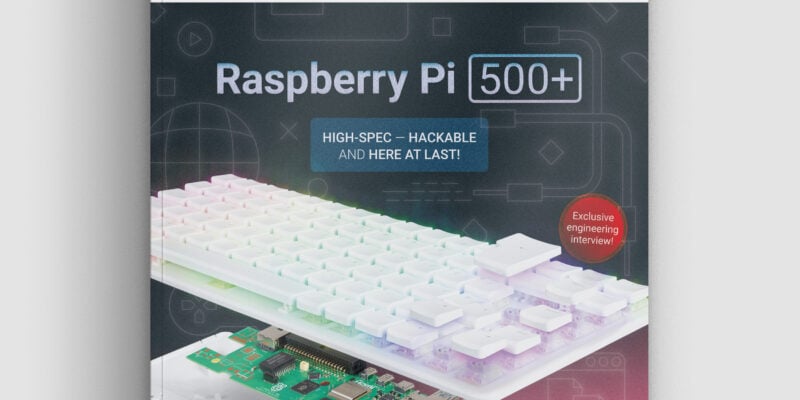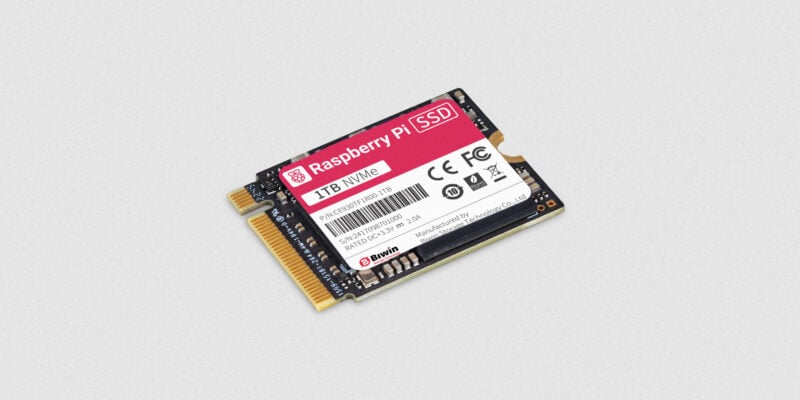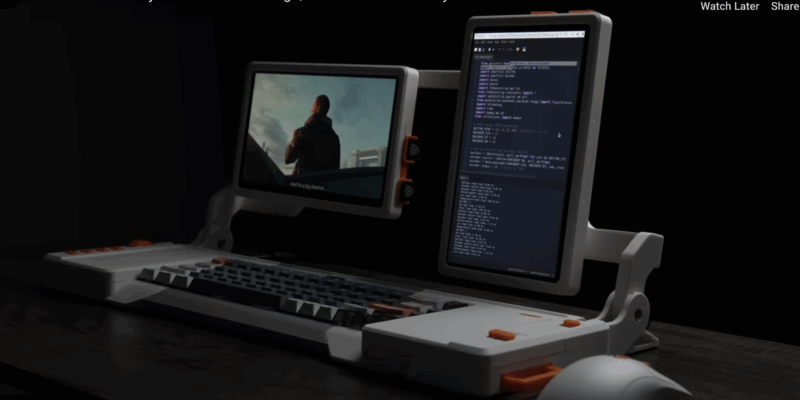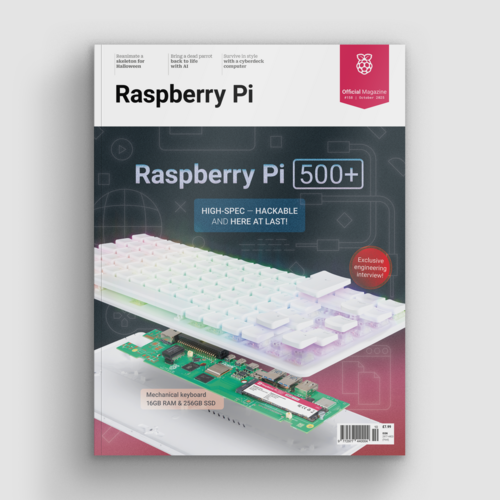Review: CircuitMess Nibble
By Ben Everard. Posted
This article was originally published as part of HackSpace magazine, which has since been incorporated into Raspberry Pi Official Magazine.

Nibble is a games console for makers, or anyone else who likes to understand more about how technology works. While most games machines come as pre-packaged devices with strict instructions not to open them, Nibble (£47.99) comes as a collection of parts for the user to assemble.
Advertisement
The desktop computer you've been waiting for: Raspberry Pi 500+
The main PCB comes partially assembled, with the surface-mount parts already in place. The recipient, then, has to solder on the through-hole parts. They’re all quite chunky and we wouldn’t expect this to be a problem even for beginner solderers – in fact, Nibble could be a great introduction to soldering for someone looking to learn how to assemble electronics. Once the through-hole parts are in, there’s a laser-cut enclosure to bolt together. Pop in a few batteries and you’re ready to play games.
The real purpose of this, though, isn’t about putting it together: it’s about using it as a platform for creating your own games.
You can program Nibble either with the visual CircuitBlocks editor or the Arduino IDE. Peek behind the curtain and they’re both the same environment really, as CircuitBlocks creates C++ code that can then be compiled by the Arduino toolchain.

Unfortunately, the documentation for Nibble’s Arduino library (based on the CircuitOS library) is fairly thin on the ground. Even if you don’t plan on using the CircuitBlocks graphical editor, it can be worth having a bit of a click through to see the code it generates, which shows how to interact with the Arduino library. We’ve also created a ‘getting started’ tutorial (see page 98).
There are quite a few portable games consoles aimed at makers now. Broadly speaking, you can split them into two distinct categories: old-school, which are typically 8-bit with monochrome screens, and new-school, which are 32-bit with colour screens. Nibble fits firmly in the new-school category. It’s got a fast ESP8266 32-bit processor with 80kB of RAM and 4MB of storage, and it’s got a 128×128 colour screen. This all gives you enough power to really make use of the colours and screen without having to worry about being thrifty with clock cycles or memory.
The examples that come preloaded on Nibble give a good idea of what’s possible. Space Invaders is a particular favourite here in HackSpace mag towers, but there’s also Pong and Asteroids. There’s a space on the CircuitMess website for community creations. However, as yet, there’s nothing for Nibble. Delve a little deeper into the website and you’ll find the forum where (among the usual questions) a couple of users have uploaded their creations: a Sokoban clone and Anarch (a DOOM-like FPS). There’s not the huge range of games ready-to-go, as there is on CircuitMess’s previous console (the MAKERbuino), but this is enough to keep you entertained while you build your own games. Perhaps more will appear in the future.
As it currently stands, if you flash the default firmware onto Nibble, then you get a selection of games. However, if you load additional games onto it, you will only have that one game available – it’s not possible to add new games to the launcher. There’s no off-chip storage (such as an SD card), so everything has to fit into the 4MB storage on the ESP8266. That means that even if software support does come out to allow loading multiple games, you’re not going to be able to fit a lot on. It’s pretty easy to flash new games to the device, however, so it’s not too big an inconvenience.
As Nibble is based on the ESP8266 SoC, it does have WiFi. You could use this for collaborative games, online high scores, or a whole bunch of other possibilities, but there aren’t any examples of this at the moment.
The programming side of Nibble is let down a little by the lack of documentation. There’s no clear source of information on what particular functions do, or what’s available other than digging through the library’s header files. We didn’t find that it took too long to get to grips with the system, but less experienced programmers might find it a little confusing. It isn’t too big an issue because there is the CircuitBlocks environment that has everything available as pre-created blocks that you can drag and drop around.
This is all about documentation and software. The hardware was easy to assemble and feels solid in our hands. It’s something that we’d feel happy putting in our pocket or chucking in our bag and being confident that it’d still be working when we took it out at the end of the day.
We’ve had fun testing out Nibble. You get quite a bit of hardware for your money and there’s quite a lot to play with – probably more in software than in hardware. If you’re looking for a way to build your own on-the-go games, then this is a good option.
Verdict
9/10
Solder your own portable games machine.

Ben is the Editor of HackSpace magazine. When not wrangling words, he enjoys cycling, gardening, and attempting to identify wild mushrooms.
Subscribe to Raspberry Pi Official Magazine
Save up to 37% off the cover price and get a FREE Raspberry Pi Pico 2 W with a subscription to Raspberry Pi Official Magazine.
More articles

Raspberry Pi 500+ in Raspberry Pi Official Magazine issue 158
We’re quite taken with Raspberry Pi 500+. But when you don’t need all that processing power, and just want a board that will make a plastic skeleton jump around in a terrifying manner, you’ll find Raspberry Pi Pico more than up to the job. There’s more terror in the magazine (which is only right as […]
Read more →

Win one of five Raspberry Pi SSD 1TB
Raspberry Pi prides itself on high quality hardware, and this 1TB Raspberry Pi SSD is no different. You can use it with a standard Raspberry Pi or even in your desktop PC – the choice is yours. We have five to give away and you can enter below Win 1 of 5 Raspberry Pi SSD […]
Read more →

Dual-screen cyberdeck
Twin screens mean you can code on one screen while watching David Bowie’s 1978 Musikladen show on the other.
Read more →
Sign up to the newsletter
Get every issue delivered directly to your inbox and keep up to date with the latest news, offers, events, and more.
